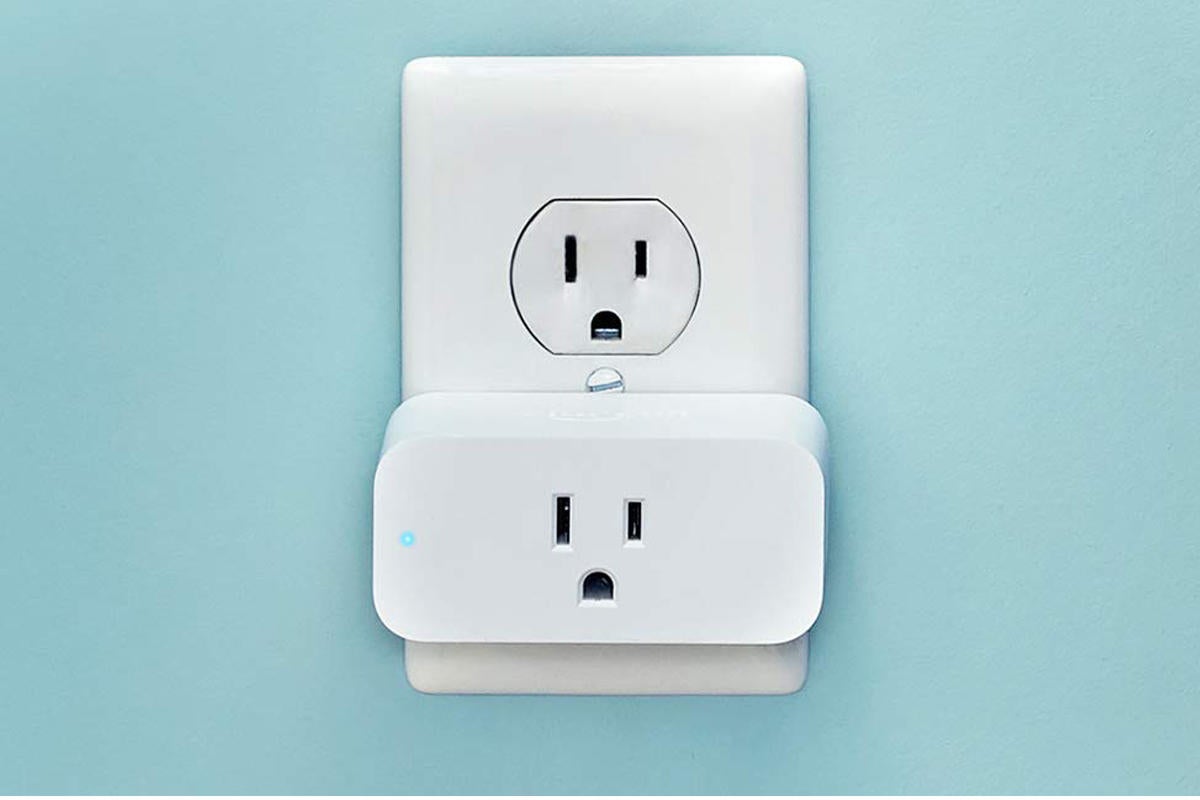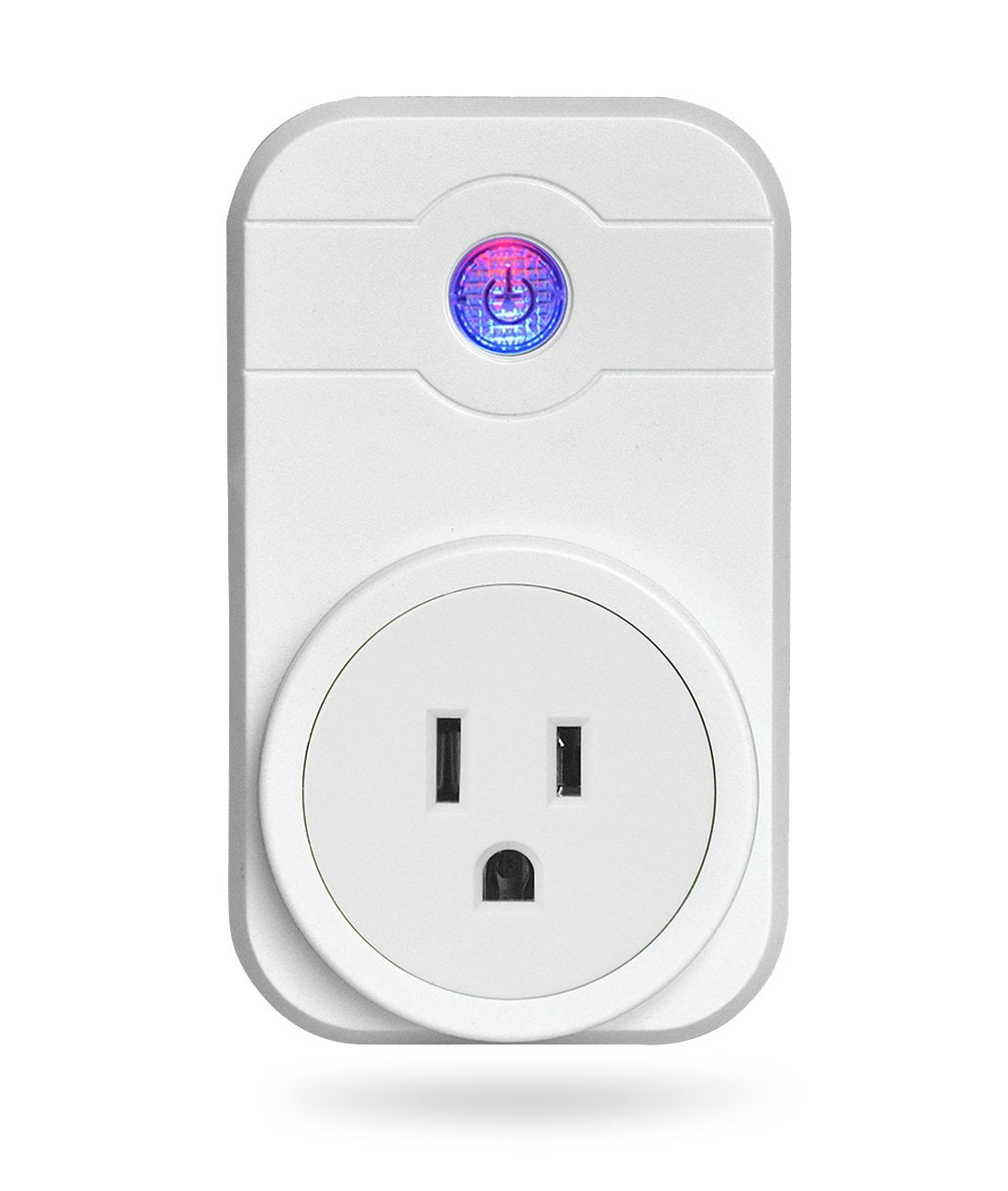

Tapping the plug or power icons will take you to the on/off settings, or you can tap on the device name to see a graph of your plug's (that is, whatever's plugged into it) energy use over time. What stood out most to me, however, was the app's focus on energy monitoring.įrom the home screen display, you can see connected devices and their on/off status along with how much energy they are currently using. The Emporia smart plug comes with much of the same functionality as other smart plugs - instant on/off control, scheduling, Alexa and Google compatibility - not to mention the rounded edges that made the device feel a bit less bulky than others. The new universal smart home standard Matter, arriving later this year might help with that, but for now, Leviton is one of the few smart plugs compatible with Apple's Home ecosystem. Leviton is also compatible with Apple HomeKit (I connected via an iPad, but Homepods and Apple TV devices will do the job better), which is unique for a smart plug, as the majority of them only work with Alexa and Google.


I had no problem connecting the smart plug to my Google Home Mini, but I did have to download the Leviton "skill" in order to connect to Alexa - an extra step, but one that only took about 30 seconds. Setting a schedule for the plug was also easy and intuitive.Īnother standout feature of the Leviton smart plug: It plays nice with all three of the major smart home ecosystems. The home screen displays all connected plugs (or other Leviton smart devices) and their status, along with the ability to switch them on or off with a tap. It's also slimmer than most smart plugs I've seen, which is nice if you're working with a limited space.ĭesign aside, I found the Leviton smart plug easy to set up and the app is pleasantly simple. I'm particularly fond of the little corner window that acts as a button to manually turn the device on and off and as an indicator light - features that most smart plugs keep separated. I liked the Leviton D215P-2RW smart plug right out of the box.


 0 kommentar(er)
0 kommentar(er)
